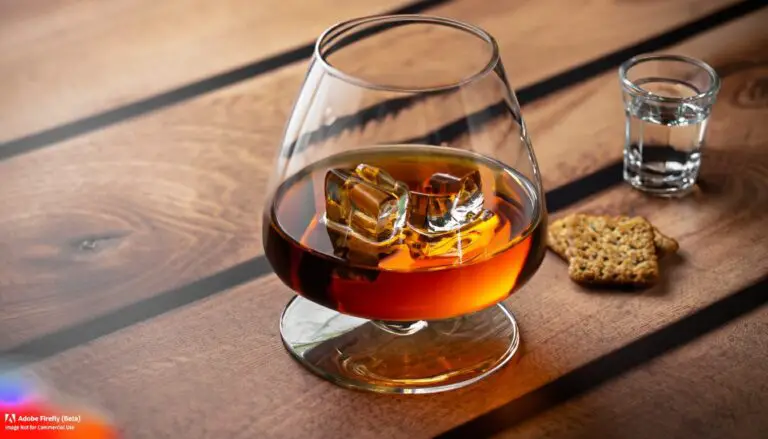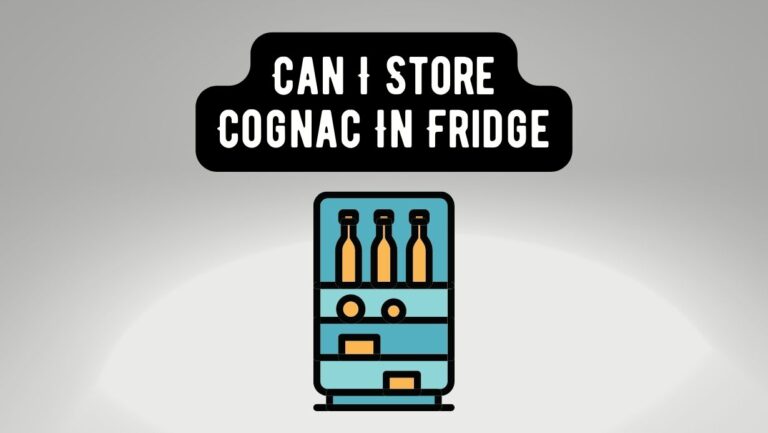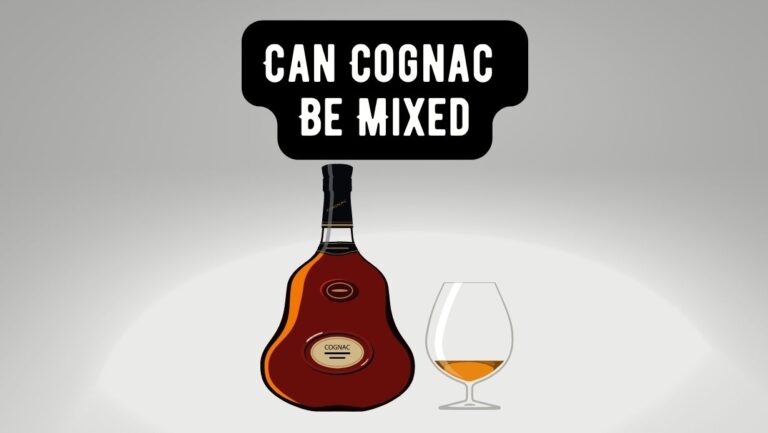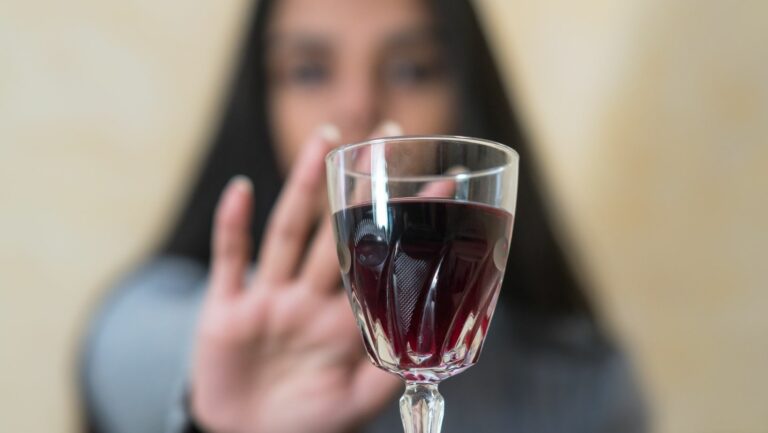
Cognac and bourbon are two renowned spirits that have captivated the hearts of enthusiasts around the world. While both are beloved for their rich flavors and historical significance, they represent distinct categories with unique production methods, geographic origins, and flavor profiles. In this article, we will explore the differences between cognac and bourbon, debunk common misconceptions, and address frequently asked questions to help you appreciate these exceptional spirits.
Understanding Cognac
1.1 Definition and Origin: Cognac is a type of brandy that is exclusively produced in the Cognac region of France. It is protected by a PDO (Protected Designation of Origin) status, ensuring that only brandy produced within the designated region can be called cognac.
1.2 Production Process: Cognac is made from Ugni Blanc grapes, which are known for their high acidity and suitability for distillation. After fermentation, the wine is distilled twice in copper pot stills to create the eau-de-vie, which is then aged in oak barrels for a minimum period of two years. The aging process contributes to the unique flavor profile of cognac, with different classifications such as VS, VSOP, and XO denoting varying aging periods.
1.3 Flavor Profile: Cognac is celebrated for its complex and refined flavor profile. It often exhibits notes of dried fruits, spices, oak, floral nuances, and a delicate balance between sweetness and acidity. The terroir of the Cognac region, combined with the aging process and specific distillation methods, contributes to its distinct characteristics.
Unveiling Bourbon
2.1 Definition and Origin: Bourbon is a type of whiskey that originates from the United States, with its production tightly regulated by federal law. To be called bourbon, the spirit must meet specific criteria, including being made from a grain mixture that is at least 51% corn and aged in new charred oak barrels.
2.2 Production Process: The production of bourbon involves mashing the grains, fermenting the mash, distilling the liquid in copper stills, and aging it in new charred oak barrels. While there are variations in the aging process, bourbon must be aged for a minimum of two years to be labeled as straight bourbon.
2.3 Flavor Profile: Bourbon is known for its rich, full-bodied flavor profile. It often showcases notes of caramel, vanilla, oak, corn, and various spices. The aging process in new charred oak barrels imparts distinct characteristics, such as deep color, robust flavors, and a smooth finish.
Debunking Misconceptions
3.1 Are Cognac and Bourbon the Same?
No, cognac and bourbon are not the same. They belong to different spirit categories with distinct production methods, geographic origins, and flavor profiles. Cognac is a type of brandy produced exclusively in the Cognac region of France, while bourbon is a type of whiskey originating from the United States.
3.2 Are Cognac and Bourbon Interchangeable?
No, cognac and bourbon are not interchangeable. Each spirit offers unique qualities and flavors that are specific to their production methods and geographic origins. Cognac is renowned for its refined and complex character, while bourbon is celebrated for its rich and robust profile.
3.3 Can Cognac and Bourbon Be Used in the Same Cocktails?
While cognac and bourbon have distinct flavor profiles, they can both be used in a variety of cocktails. Some classic cocktails, such as the Sidecar and the Mint Julep, traditionally feature cognac and bourbon, respectively. However, it’s essential to consider the flavor characteristics of each spirit and choose cocktails that complement their unique profiles.
Frequently Asked Questions
4.1 Can I drink cognac and bourbon neat? Yes, both cognac and bourbon can be enjoyed neat, allowing you to savor the intricacies of their flavors and aromas. The choice between the two depends on personal preference and the desired taste experience.
4.2 What is the ideal serving temperature for cognac and bourbon? Cognac is often served at room temperature or slightly warmed to enhance its aromas, while bourbon is commonly enjoyed at room temperature or with a few cubes of ice to slightly dilute and open up its flavors.
4.3 Can I age cognac or bourbon at home? Cognac and bourbon undergo aging processes in controlled environments by the producers. Aging spirits at home can be challenging due to the lack of optimal conditions and expertise required to achieve desired results. It’s best to enjoy cognac and bourbon that have been professionally aged and bottled.
Conclusion
In conclusion, cognac and bourbon are distinctive spirits that have earned their places in the hearts of enthusiasts worldwide. While they share a passion for craftsmanship and history, they differ in terms of production methods, geographic origins, and flavor profiles. Whether you’re savoring the refined elegance of cognac or indulging in the rich flavors of bourbon, both spirits offer a delightful journey for the senses.
Understanding the characteristics and nuances of cognac and bourbon allows you to appreciate their unique qualities and enjoy them in their respective contexts. So raise a glass, whether it be filled with a fine cognac or a superb bourbon, and savor the artistry and craftsmanship that go into each sip. Cheers!






